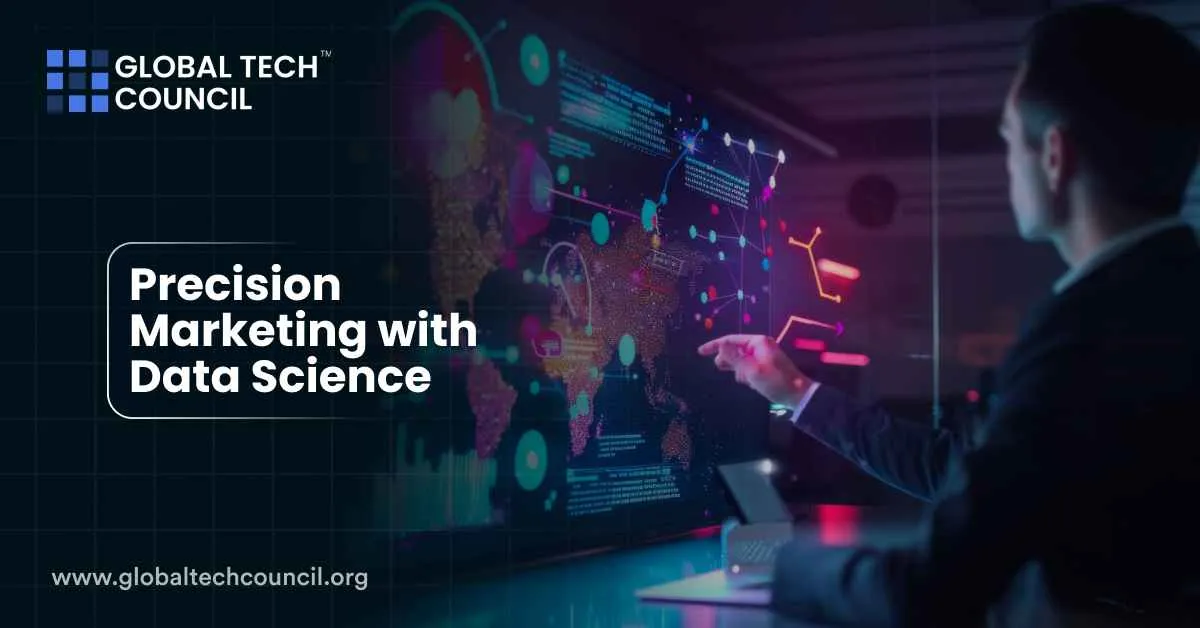
Moving Past Demographics
Demographics alone rarely explain why people make decisions. Two customers of the same age and income may act very differently online. Data science makes it possible to go beyond these surface traits. It captures signals such as browsing activity, purchase history, content preferences, and even physical location. When processed through machine learning models, these signals allow companies to target with far greater accuracy.
What Drives Precision Marketing
The demand for precision comes from both business and consumer expectations. Companies can no longer afford broad campaigns that waste budget on uninterested groups. At the same time, customers expect messages that feel relevant to their lives. Precision targeting ensures that outreach is personal but not intrusive. Privacy rules and the phase-out of third-party cookies also make first-party and contextual data more important.
Data Science Techniques Behind Precision
Behavioral and Contextual Data
Behavioral targeting focuses on what people do online, such as pages visited, items added to a cart, or videos watched. Contextual targeting looks at the setting, such as the type of article being read or the time of day. Together, these give a strong picture of intent.
Psychographic Insights
Psychographic segmentation goes deeper into values, attitudes, and motivations. With tools like natural language processing, data science can analyze reviews, social posts, and surveys to extract these traits. This helps brands connect emotionally rather than just statistically.
Location Intelligence
Data from mobile apps and sensors can reveal movement patterns, cross-shopping habits, or visits to competitor stores. This type of spatial intelligence supports campaigns that are timely and location-aware.
Machine Learning Models
AI and machine learning automate segmentation, discover hidden groups, and adapt as behaviors shift. Algorithms process multiple signals at once, far beyond what human analysis could handle. For those seeking to build technical depth, a Data Science Certification provides practical skills to apply these models.
Benefits of Precision Marketing
When done correctly, precision marketing delivers several clear gains:
- Higher engagement and conversion rates due to better targeting
- Reduced wasted spend on audiences unlikely to respond
- Improved customer experience with relevant offers and messages
- Stronger loyalty from long-term personalization
- Compliance with privacy laws by using first-party and anonymized data
Challenges Along the Way
Precision marketing is powerful, but it brings hurdles. Collecting and analyzing so many signals requires advanced infrastructure. Overpersonalization can feel invasive and drive customers away. Regulations such as GDPR demand transparency and data protection. Businesses must balance accuracy with ethics to maintain trust. This is where leaders can benefit from a deep tech certification that explains how advanced technologies can be applied responsibly.
Emerging Trends to Watch
Several new directions are shaping precision marketing.
- Post-cookie solutions: Loyalty programs, enhanced conversion APIs, and publisher data are replacing third-party cookies.
- Cross-channel consistency: Brands are aligning targeting strategies across online, offline, and mobile environments.
- Real-time dynamic content: Ads and messages now adapt instantly as behavior changes.
- Ethics and fairness: There is growing pressure to avoid discriminatory or manipulative targeting.
- SMB adoption: Smaller businesses are starting to use affordable AI tools for precision marketing, not just large corporations.
Precision Marketing Data Sources
| Data Source | How It Improves Targeting |
| Website behavior | Tracks page visits, clicks, and time spent for intent prediction |
| Purchase history | Identifies product preferences and repeat buying patterns |
| App usage | Measures engagement frequency and feature interest |
| Social media posts | Reveals interests, values, and lifestyle choices |
| Location data | Shows store visits, movement trends, and competitor activity |
| Contextual content | Connects ads to the type of page or media being consumed |
| Loyalty programs | Provides first-party data tied to customer identity |
| Survey responses | Captures psychographic and attitudinal information |
| Real-time events | Adapts campaigns to current behaviors and trends |
| Cross-channel signals | Aligns online and offline engagement for a full view |
Conclusion
Precision marketing with data science goes far beyond demographics. It uses behavioral, contextual, and psychographic signals to reach the right people with the right message at the right time. While challenges around privacy, ethics, and infrastructure remain, the benefits of better targeting and stronger engagement are clear. Businesses that invest in skills and tools now will lead the way.